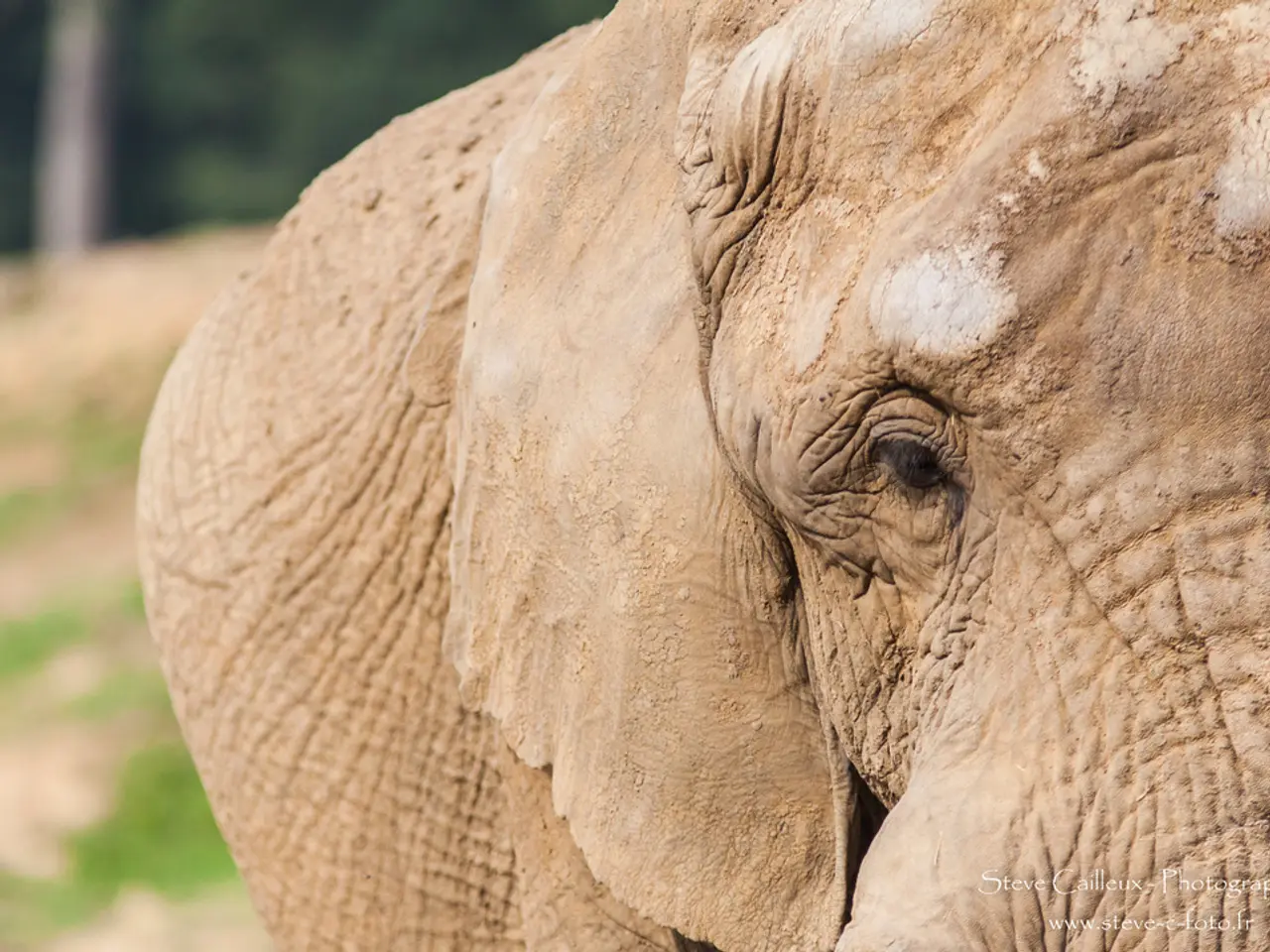Unveiling Motty: A Unique Hybrid Elephant Whose Brief Existence Continues to Baffle Researchers Worldwide
A Unique Life and Tragic End: The Story of Motty, the African-Asian Elephant Hybrid
In the summer of 1978, a remarkable event took place at the Chester Zoo in the United Kingdom. On July 11, Motty, a hybrid elephant, was born to an Asian elephant named Sheba and an African elephant named Jumbolino. Motty was the only confirmed hybrid between an African elephant (Loxodonta africana) and an Asian elephant (Elephas maximus) and marked a unique chapter in the history of elephant hybridization [1][2][3][4][5].
Born prematurely, Motty weighed less than a healthy newborn calf and required intensive veterinary care from his first hours due to an unstable condition [2][3][4]. Despite the dedicated efforts of zookeepers and veterinarians, Motty's condition remained unstable. On July 21, 1978, Motty died from necrotizing enterocolitis, compounded by an E. coli infection [5].
Post-mortem findings confirmed that Motty's death was due to complications from severe intestinal disease and bacterial infection. Despite the tragic brevity of his life, Motty remains scientifically significant as the only confirmed hybrid between African and Asian elephants [2][3][5]. His preserved remains serve as a rare specimen for study, highlighting the biological challenges and genetic distance between these two elephant species [4][5].
Motty exhibited physical traits from both species. He had large African elephant-like ears but Asian elephant-like toenails. He also inherited traits from both parents, having the broad ears and head shape of an African elephant but the five toenails on his front feet and four on the back characteristic of Asian elephants [1].
The birth of Motty defied geography and genetics as African and Asian elephants live on separate continents and belong to different genera. Motty was the sole offspring of Sheba (an Asian elephant) and Jumbolino (an African bull elephant) in the same enclosure, making it a one-of-a-kind hybrid between species from different genera [1][5].
Tom Hale of IFLScience noted that Motty is a "true individual, the likes of which have never been seen since." Motty's body is currently kept at the Natural History Museum in London, although it is not on public display [1][5]. The museum houses this rare specimen as a testament to the biological challenges and genetic distance between these two elephant species.
No similar cases of African-Asian elephant hybridization have been reported in nearly half a century, marking the closure of the only known chapter in African-Asian elephant hybridization [2][3][5]. Motty's short life proved that such a cross is biologically possible but highlighted the challenges of viability.
Asian elephants are smaller, around 2.8 meters and four tonnes, with straighter backs, hairier bodies, two bumps on the head, and fewer trunk "fingers." In contrast, African elephants are taller and heavier, with males reaching up to 3.5 meters at the shoulder and six tonnes in weight [1].
Despite Motty's tragic end, his story serves as a reminder of the wonders and mysteries of nature. His life and death continue to inspire scientists and nature enthusiasts alike, offering valuable insights into the world of elephants and the possibilities of hybridization.
Health-and-wellness experts and scientists studying medical-conditions could analyze Motty's post-mortem findings to understand the biological challenges and genetic distance between African and Asian elephants, possibly leading to advancements in the field of space-and-astronomy, as this knowledge may aid in creating environments that replicate the needs of these elephants in space. Engaging in the study of Motty's unique hybrid life and tragic end can provide a greater understanding of health-and-wellness requirements for both species in novel and extreme conditions, such as those found in the universe.




